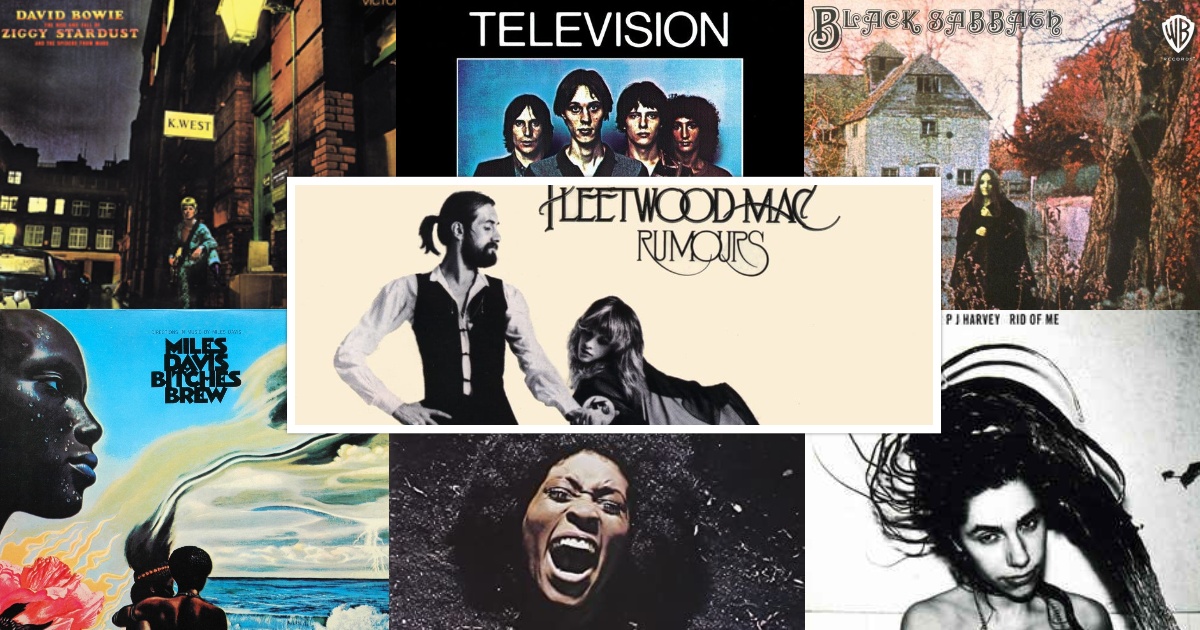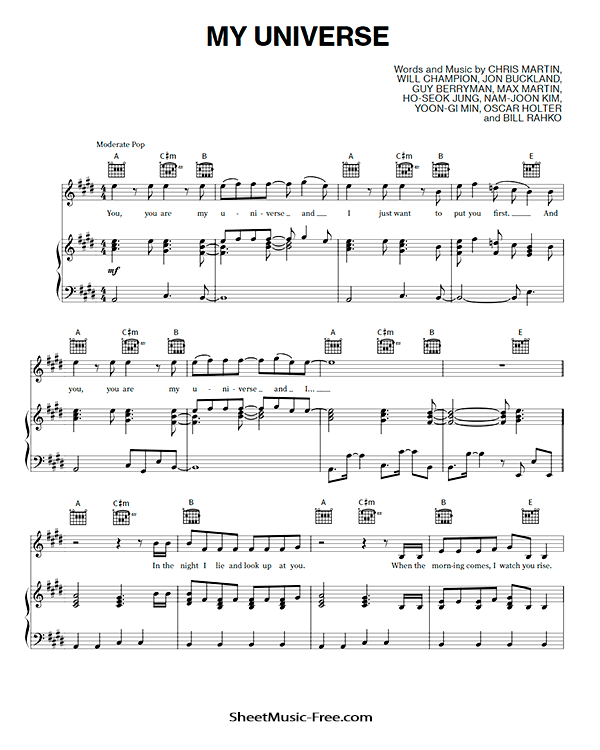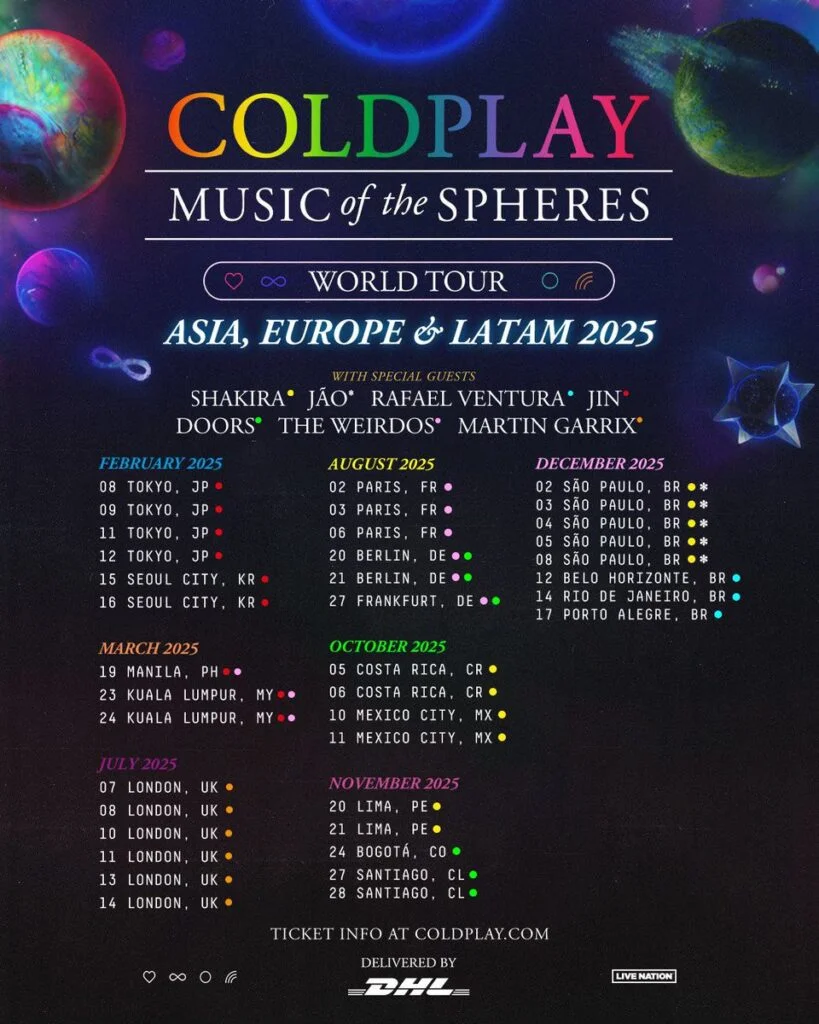Step into the enchanting world of Coldplay’s iconic track “Clocks” as we delve into the mesmerizing realm of piano music. Known for its hauntingly beautiful melody and captivating rhythm, “Clocks” has captured the hearts of music lovers worldwide.
Whether you’re a music enthusiast or a pianist seeking inspiration, this blog will unravel the magic of Coldplay’s “Clocks” piano music, offering insights into its composition, emotion, and enduring legacy.
I was at MSG’s small theater and I stopped in for 10 mins to see how they opened the show. They unleashed “Politik” so cotdamn dangerous I thought Chris was gonna draw blood from playing piano so intense https://t.co/qxtWQ2pZDI pic.twitter.com/Tk5CTxjT4W
— ?st (@questlove) June 2, 2022
Introduction to Coldplay
Coldplay is a British rock band formed in London in 1996. The band comprises lead vocalist/pianist Chris Martin, lead guitarist Jonny Buckland, bassist Guy Berryman, and drummer Will Champion. Coldplay is known for its distinctive sound, which blends elements of rock, pop, and alternative music. It has achieved worldwide success with its hit songs, including the iconic track “Clocks.”
History of Coldplay
Martin and Buckland formed Coldplay at the University College London. The band released its debut album, Parachutes, in 2000, which garnered critical acclaim and commercial success. Since then, Coldplay has released several hit albums, won numerous awards, and captivated audiences around the globe.
Impact of Coldplay’s Music
Coldplay’s music has resonated with fans for its emotional depth, poetic lyrics, and anthemic melodies. Their songs often address universal themes of love, loss, and hope, connecting with listeners profoundly. Tracks like “Clocks,” known for its mesmerizing piano riff, showcase the band’s musical prowess and songwriting brilliance.

Exploring the Song “Clocks”
As Coldplay’s iconic track, “Clocks,” begins with its mesmerizing piano riff, listeners are immediately transported to a world of musical brilliance and emotional depth. Released in the early 2000s, this timeless piece continues to captivate audiences worldwide with its haunting melody and poetic lyrics.
The Piano Intro
The distinctive piano intro of “Clocks” is instantly recognizable and sets the tone for the entire song. Its rhythmic pattern and haunting quality create a sense of mystery and intrigue that pulls the listener in from the first note.
The piano’s melodic flow, combined with Chris Martin’s emotive vocals, evokes a sense of longing and introspection.
Lyrical Brilliance
The lyrics of “Clocks” explore themes of time, lost love, and self-reflection. Lines like “Lights go out and I can’t be saved” resonate with audiences profoundly and personally, making the song a universal anthem of emotional truth.
- The symbolism of the lyrics, combined with the catchy melody, creates a powerful emotional impact on listeners.
- Coldplay’s lyrical prowess shines through in every verse, making “Clocks” a standout in their discography.
Analyzing the Piano Music in “Clocks”
In Coldplay’s iconic song “Clocks,” the mesmerizing piano melody stands out as a defining element of the track. The piano music in “Clocks” is characterized by its rhythmic drive, catchy hooks, and emotive chord progressions that resonate with listeners of all musical backgrounds.
The Piano Intro
The song opens with a distinctive piano riff played by Chris Martin that immediately grabs the listener’s attention. The repetitive arpeggios and syncopated rhythms create a sense of urgency and momentum throughout the piece.
This captivating piano intro sets the tone for the song, drawing in the audience with its dynamic and catchy motifs.
Chord Progressions
The harmonic structure of “Clocks” features a series of rich and evocative chord progressions that lend depth and emotional resonance to the music. The interplay between the piano chords and the vocal melody creates a compelling and memorable sonic landscape.
- The verses showcase a sense of contemplation and introspection, with subtle chord changes enhancing the lyrical content.
- In contrast, the chorus introduces a more dramatic and uplifting progression, heightening the song’s emotional impact.
Learning to Play “Clocks” on Piano
If you are a fan of Coldplay’s iconic “Clocks” piano music, learning to play it on the piano can be a fulfilling experience. This song’s captivating melody and rhythmic pattern make it a popular choice for piano enthusiasts of all levels.
Start with Basics
Before attempting to play “Clocks,” ensure you understand basic piano techniques well. Familiarize yourself with the layout of the keys and proper hand positioning.
Practice scales and simple chord progressions to build finger agility and coordination.
Break Down the Song
Break down “Clocks” into smaller sections to make learning more manageable. Focus on mastering one section at a time, paying attention to the rhythm and dynamics of each part.
Identify the recurring motifs and transitions within the song to facilitate easier memorization.

Appreciating the Magic of Coldplay’s Music
Coldplay’s “Clocks” piano music is a timeless masterpiece that mesmerizes audiences worldwide. The band’s ability to blend emotive lyrics, haunting melodies, and mesmerizing piano riffs creates a musical experience like no other.
The Evolution of Coldplay’s Sound
Since its inception in the late ’90s, Coldplay has evolved its sound from alternative rock to a more experimental and atmospheric approach. This evolution is evident in their iconic track “Clocks,” where intricate piano arrangements seamlessly fuse with Chris Martin’s poignant vocals.
The band’s willingness to push boundaries and explore new musical territories has garnered them a loyal following and critical acclaim.
The Impact of “Clocks” on Music
“Clocks” not only solidified Coldplay’s place in music history but also set a new standard for contemporary piano-driven compositions. Its infectious melody and introspective lyrics have resonated with listeners across generations, making it a timeless classic.
The song’s distinctive piano riff, which opens the track, has become instantly recognizable and synonymous with Coldplay’s signature sound.
Frequently Asked Questions
- What makes Coldplay’s ‘Clocks’ piano music so magical?
- The layered piano melody, haunting atmosphere, and emotional depth of the song contribute to the magic of Coldplay’s ‘Clocks’ piano music.
- Is ‘Clocks’ by Coldplay a problematic problem to play?
- While ‘Clocks’ may pose a challenge for beginners due to its intricate piano melody, with practice and dedication, intermediate or advanced piano players can master it.
- As a beginner, can I learn how to play ‘Clocks’ on the piano?
- With proper guidance, patience, and consistent practice, beginners can learn how to play ‘Clocks’ on the piano. It might take time to master, but it’s a rewarding piece to remember.
- What emotions does Coldplay’s ‘Clocks’ piano music evoke?
- The sad yet uplifting tones of ‘Clocks’ evoke emotions, including nostalgia, introspection, and hope, making it a beloved piece for many listeners.
- How can I appreciate the beauty of Coldplay’s ‘Clocks’ piano music?
- To fully appreciate the beauty of Coldplay’s ‘Clocks’ piano music, try listening to the song with focused attention, paying close attention to the nuances of the piano melody and the emotions it conveys.
Unlocking the Musical Charms of Coldplay’s “Clocks” Piano Music
As we delve into the enchanting world of Coldplay’s “Clocks” piano music, we discover a masterpiece that transcends time and lingers in our hearts long after the last note fades. The intricate melody, haunting lyrics, and captivating rhythm blend to create a musical experience. By exploring the origins, meaning, and unique characteristics of this iconic piece, we have gained a deeper appreciation for Coldplay’s genius and the power of music to evoke emotions and memories.
In summary, “Clocks” is not just a song but a journey that takes us on a sonic adventure, stirring our souls and igniting our imaginations. So, let the melody of Coldplay’s “Clocks” continue to resonate within you, inspiring you to embrace the magic of music in all its forms.






